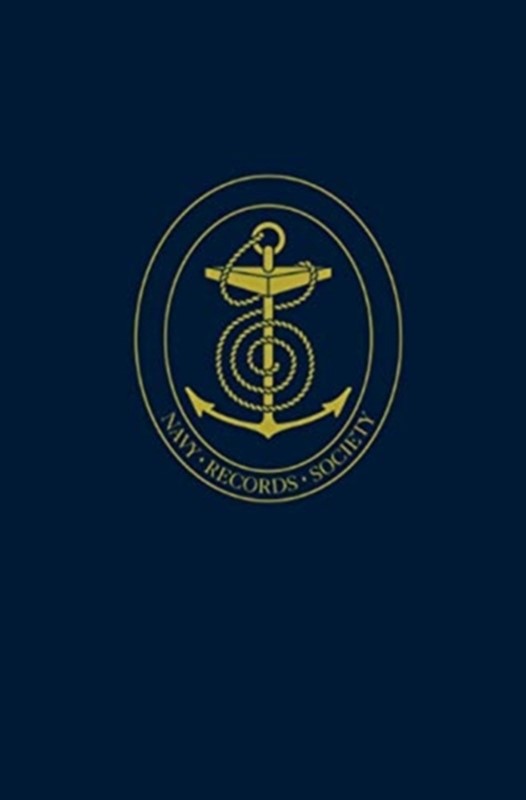The Jellicoe Papers - A. Temple Patterson - Bog - Navy Records Society - Plusbog.dk
This substantial selection of the professional and private papers of Admiral John Jellicoe, first Earl Jellicoe (1859-1935), extends from 1893 to 1935. Its publication was directly followed in 1969, by Professor Patterson’s succinct biography of the admiral. Since then, a resurgence of interest in the Battle of Jutland and in pre-war naval provision has resulted from the publication (in 1989 and 1993) of Professor Ranft’s The Beatty Papers (NRS vols. 128 & 132) and from the publication in 1984 of Professor Sumida’s edition of The Pollen Papers (NRS vol. 124), followed in 1989 by his book In Defence of Naval Supremacy Sumida reopened the question of British gunnery at, and before, Jutland. Since then Paul Halpern, in his Naval History of World War I (1994), has provided a comprehensive account and assessment of all the participants. For any further reconsideration of this complex period, The Jellicoe Papers, together with The Beatty Papers, will remain a primary source. This covers ‘The Grand Fleet after Jutland’ up to December 1916. Jellicoe’s largely successful attempts to rectify perceived shortcomings constitute the main theme. He presses for the fleet to be supplied with improved armour-piercing shell (something not actually achieved until April 1918). There is interesting material on the loss of the Hampshire, together with Lord Kitchener, in 1916. Part II features Jellicoe as First Sea Lord. The U-boat crisis of 1917 is the central theme. (The Beatty Papers provide much further comment.) Duff’s minute of 26 April shows that trial convoys were certainly being prepared before Lloyd George’s visit to the Admiralty on the 30th. Unsurprisingly, Jellicoe’s concern about numbers of available escorts persists. Then follows material on his dismissal in December. In Part III, there are 133 pages on Jellicoe’s ‘Empire Mission’ (December 1917 to February 1920), comprising his advice to India and the Dominions on the development of their navies. Then come, finally, 170 pages on ‘The Jutland Controversy’ and Harper’s Narrative. (Here again, as so often, The Beatty Papers (NRS Volumes 128 & 132) provide much important complementary matter.) In 1921 Jellicoe makes a single enigmatic reference to Pollen: ‘It fell to me to turn down his inventions on more than one occasion.’ However, against a turbulent background of relative economic decline and adjustment to new techniques and processes, Britannia had – thanks to Jellicoe among others – punched well above her weight.

























